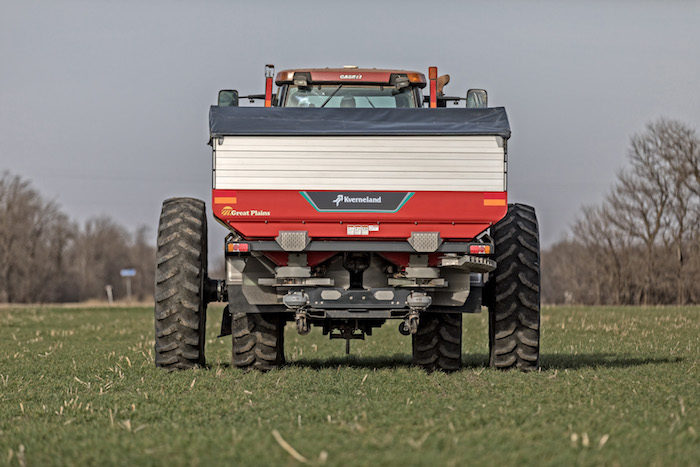No-Till Farmer
Get full access NOW to the most comprehensive, powerful and easy-to-use online resource for no-tillage practices. Just one good idea will pay for your subscription hundreds of times over.

While he’s been no-tilling and using cover crops for over two decades, traditional cropping ideas haven’t always worked for Frank Martin when soil conditions turn extremely wet in the spring. As a result, the Hallsville, Mo., no-tiller is looking at trying a different soybean seeding idea on his poorly-drained clay pan soils this spring.
Martin no-tills corn, soybeans and occasionally wheat on his 800-acre operation and has been “planting green” since 2005 on some of his acreage.
Because of his clay pan soils and an intentional effort to keep the ground covered with residue, Martin’s fields often stay extremely wet into late spring. These soils don’t have good internal drainage and part of the extra winter and early spring moisture has to simply evaporate since it won’t soak into the soil.
If the ground is dry enough in late April, Martin plans to seed soybeans with his no-till planter. But if the ground is too wet, and the long-range forecast calls for more wet weather, he intends to broadcast soybeans into the growing cover crop with a fertilizer spreader. To increase the probability of an acceptable stand, he intends to increase the soybean seeding rate by as much as 25%.
With 60-90-foot coverage with the fertilizer spreader, Martin will cover a lot of acres fast. Because its footprint and weight will be much less than that of a no-till planter or drill, he thinks soil compaction and damage will be minimal even in very wet conditions.
“We’ll…